Top 10 (Plus) Hybrid Animals of the World
Here’s our choice for the top animal hybrids of the world. Of course, hybrids exist in all types of animals but we have chosen mostly large mammals because they are the most astounding. Also note some of the clever and creative names people have given these cross-species offspring!

Beefalo – Cow and Buffalo (Bison) cross
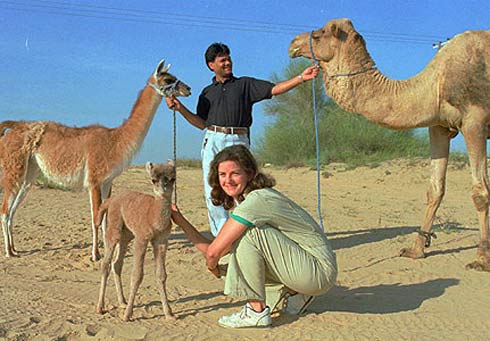
Cama – Camel and Lama cross
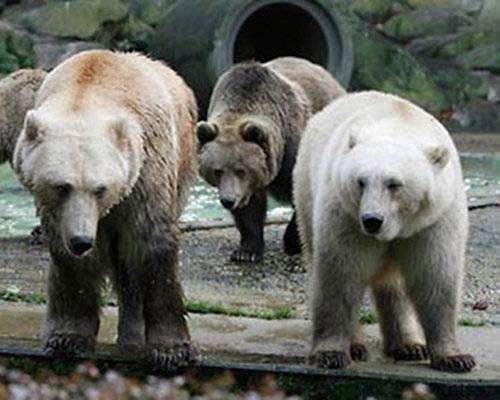
Grolar Bear – Polar Bear and Grizzly cross

Jaglion- Jaguar and Lion cross

Leopon – Leopard and Lion cross

Liger – Lion and Tiger cross
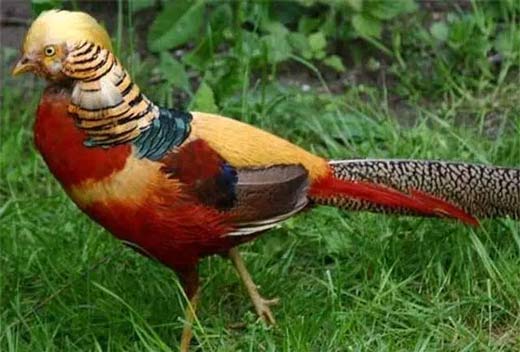
Pheasant Hybrid (we needed have at least one bird!)
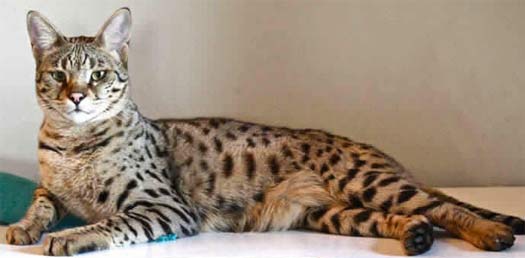
Savannah Cat – Serval and Domestic Cat cross
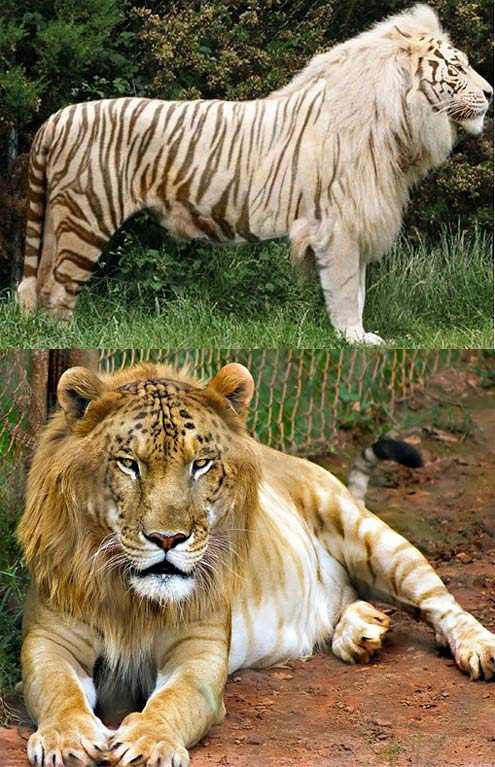
Tigon – Male Tiger and Lion cross

Wholphin – Whale (Killer that is, Orca) and Dolphin
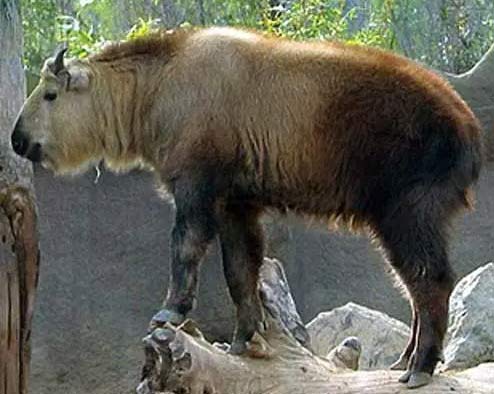
Yakalo – Yak and Buffalo cross

Zorse – Zebra and Horse mix
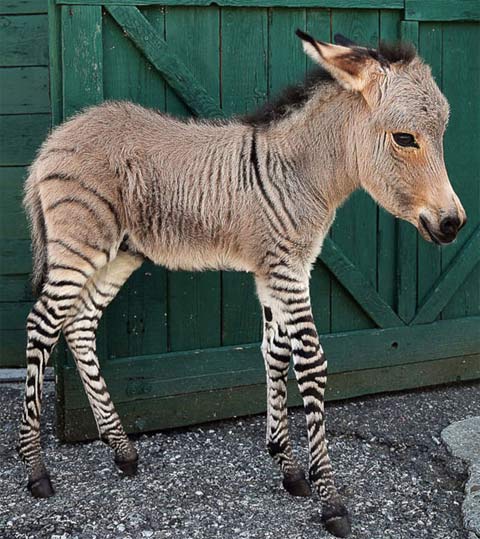
Zonkey – Zebra and Donkey
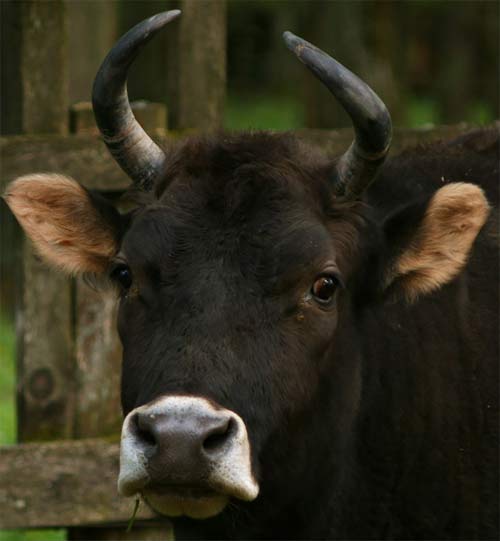
Zubron – Cow and European Bison
How does hybridization occur in the wild?
Hybridization is the process by which individuals of different species produce offspring. A hybrid zone is an area occupied different species that may interbreed. All new, distinct species can even develop as products of hybridization. Natural hybridization can take place between biological species no matter how sterile most of the hybrid offspring may be. Hybrids are very often sterile and not capable of reproducing but as long as two different species can interbreed there is the potential for a new species to develop. This is even pretty common with plant species but not at all common among animals. One example of a new animal species generated as a hybrid species is the American red wolf which was originally a hybrid of the coyote and grey wolf species. Quite often parent species can be replaced by hybrid types if natural selection favors them in particular regions. Successful hybrids can even threaten the survival of parent species as distinct entities.
Hybridization is very unpredictable and it is anyone’s guess what the results may be. In local populations of species that were once very similar, hybrid animals will naturally generate individuals that have a complex mixture of traits and characteristics. Introducing these variable traits may be helpful for the species in time as they evolve and successful traits are tested by the process of natural selection.
The environmental conditions that shape animal life have usually existed for a very long time. In most regions every available niche has been filled by a species well-adapted for it. When populations with new characteristics turn up, it is often the case there is no niche for them to occupy and they die out. On the other hand when there are environmental changes it may open the door for new variant species to become established.
Hybrids are more likely to form offspring by mating with individuals of one of their parent species (called “backcrossing”) than by mating with each other. This is because hybrids are rare so they may not have much luck finding each other. Secondly, the parent species are usually much more fertile. These secondary hybrid offspring may or may not be better adapted to the habitat of the region but their traits will continue to remix with the population as their descendants continue to interbreed.
